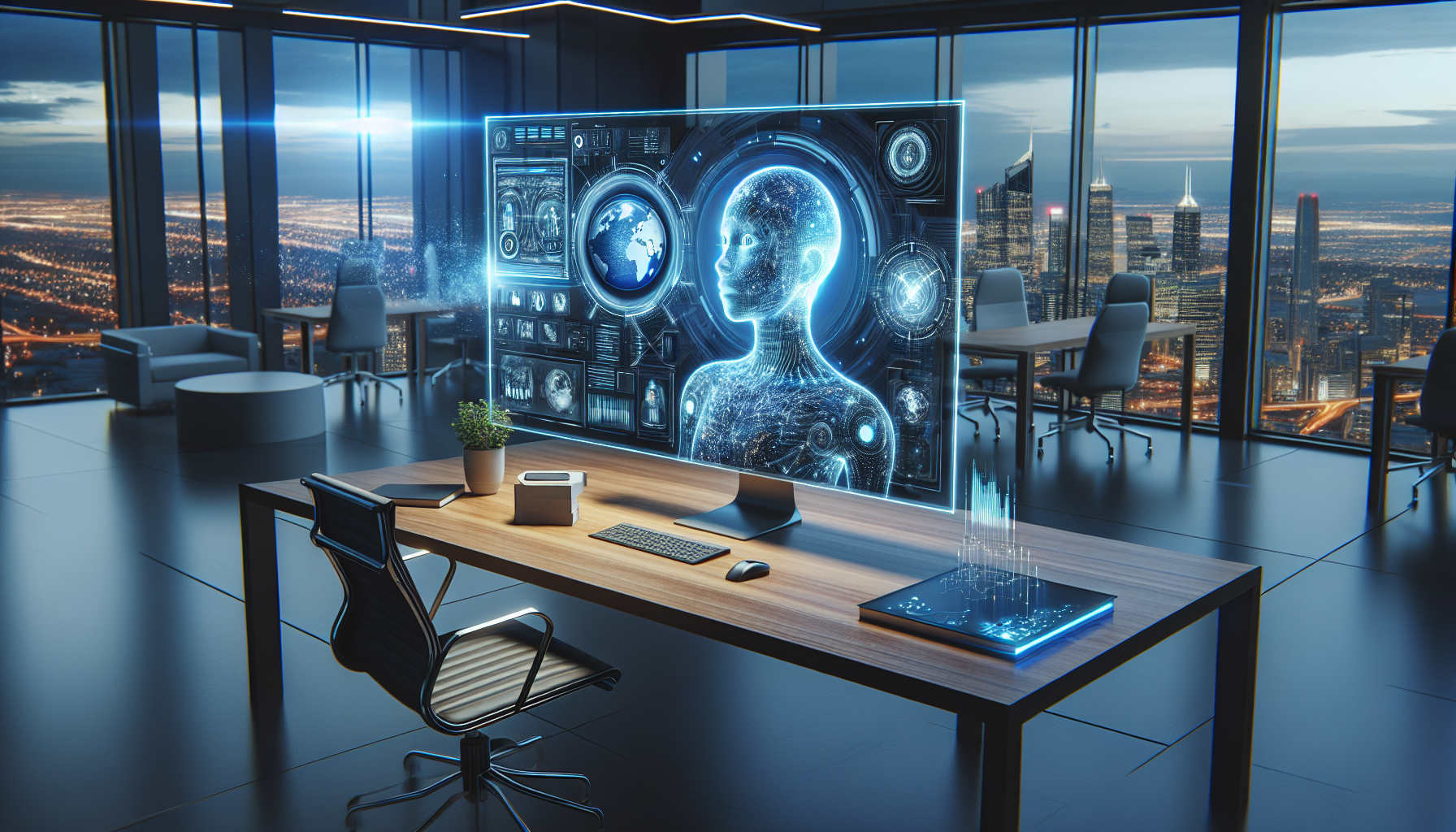
Machine Learning vs. Deep Learning: Future Predictions in Artificial Intelligence
June 6, 2025
Have you ever wondered about the differences between machine learning and deep learning? If you’re nodding your head, you’re not alone. These buzzwords are tossed around in tech circles, but what do they actually mean for the future of artificial intelligence? Today, we’ll dive into the nitty-gritty of these technologies and explore where they might be headed.
First, let's break it down. Machine learning is like teaching a computer to learn from data without being explicitly programmed. Imagine you’re training a dog to fetch a ball. You throw the ball, and the dog learns over time that fetching it results in a treat. In a similar way, machine learning algorithms improve their performance based on experience—or data in this case.
Deep learning, on the other hand, is a subset of machine learning that uses neural networks with many layers. Think of it as a more intricate form of learning, akin to teaching a dog to perform a more complex series of tricks. Deep learning is what powers some of the most astonishing AI feats today, from facial recognition to playing complex games like Go.
Now, you might be thinking, "Great, but why does it matter?" The fascinating part is the potential these technologies hold for the future. While machine learning has been around for a while, deep learning is relatively new and still rapidly evolving. This evolution is paving the way for advancements in AI that we could only dream of a few decades ago.
One of the intriguing aspects of deep learning is its ability to handle vast amounts of unstructured data. This means we could see tremendous growth in its application across industries like healthcare, where AI could analyze medical images with precision, identifying patterns and anomalies that even seasoned professionals might miss. Imagine a world where early diagnosis of diseases becomes the norm rather than the exception.
Conversely, machine learning continues to be a robust tool for more structured data and predictive analytics. Consider the world of finance, where algorithms predict stock market trends or assess credit risks. Machine learning models, with their knack for pattern recognition, could further transform how we manage economic systems, potentially averting financial crises before they unfold.
But here's where it gets really interesting: as these technologies continue to mature, we're likely to see them converge. The future might not be about choosing between machine learning or deep learning but rather leveraging their combined strengths. This synergy could lead to more sophisticated AI systems capable of creative problem-solving—a skill traditionally reserved for humans.
With this convergence, ethical considerations and challenges come to the forefront. As AI systems grow more complex, ensuring transparency and accountability becomes crucial. How do we build systems that we can trust to make decisions in critical scenarios? The future of AI isn’t just about technological advancement; it’s also about navigating these ethical landscapes.
Moreover, the impact of AI on the workforce cannot be overlooked. Automation, driven by machine learning and deep learning, is set to redefine job roles across industries. While this might seem daunting, it also presents an opportunity for innovation in job creation and training. What new roles will emerge as AI takes over repetitive tasks? And how can we prepare the workforce for these changes?
As we ponder these questions, it’s essential to recognize that the future of AI is not just in the hands of tech companies and researchers. It’s a collaborative effort that involves policymakers, educators, and the public. By fostering dialogue and understanding, we can shape an AI future that benefits everyone.
So, as we stand on the brink of this AI revolution, it’s worth considering how machine learning and deep learning will evolve. Will they lead us to a world where AI and humans work side by side, enhancing our capabilities and solving complex global challenges? Or will they chart a path we haven’t yet imagined?
This is where our story ends for now, but the conversation is just beginning. What do you think the future holds for machine learning and deep learning in AI?


